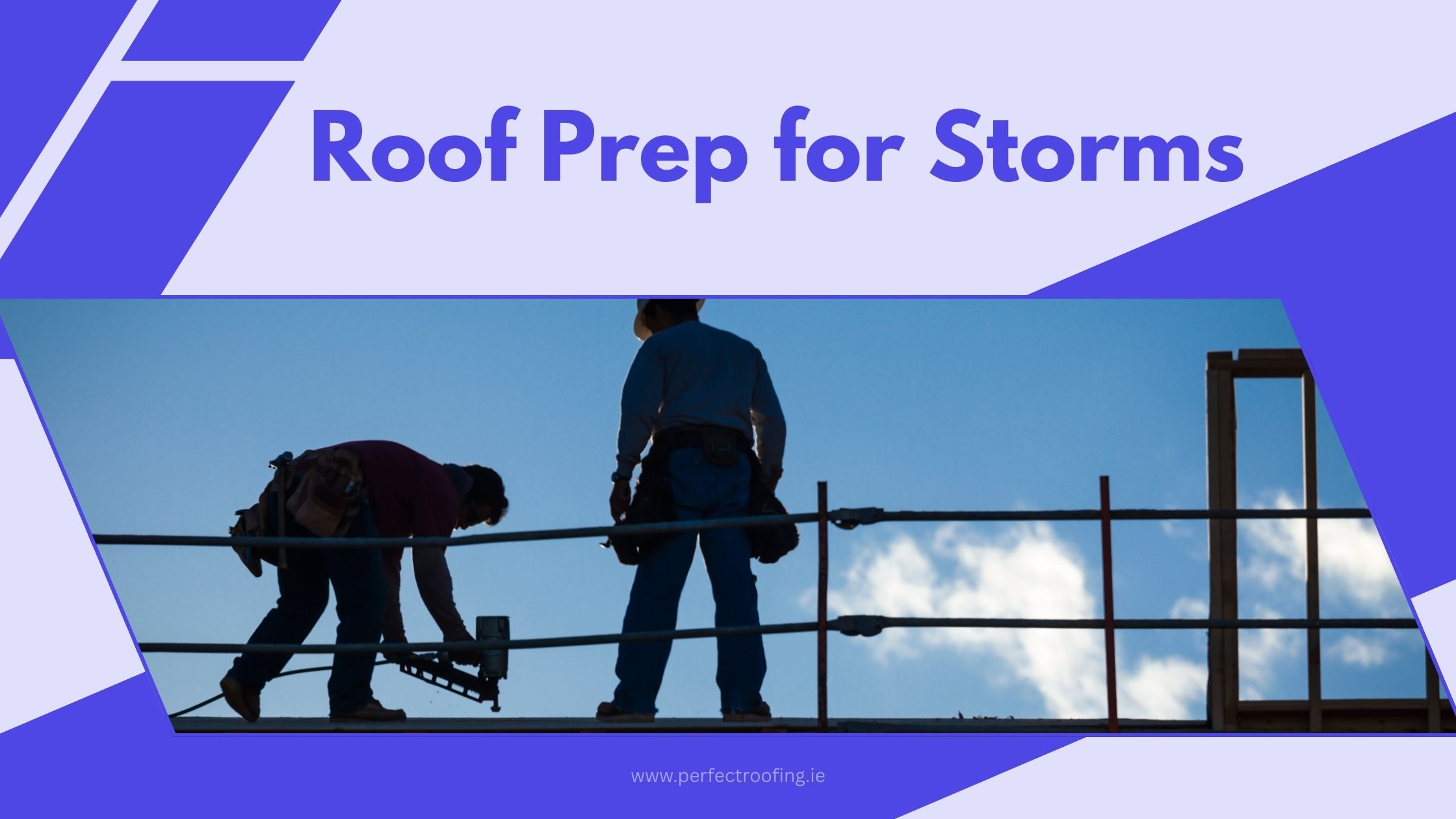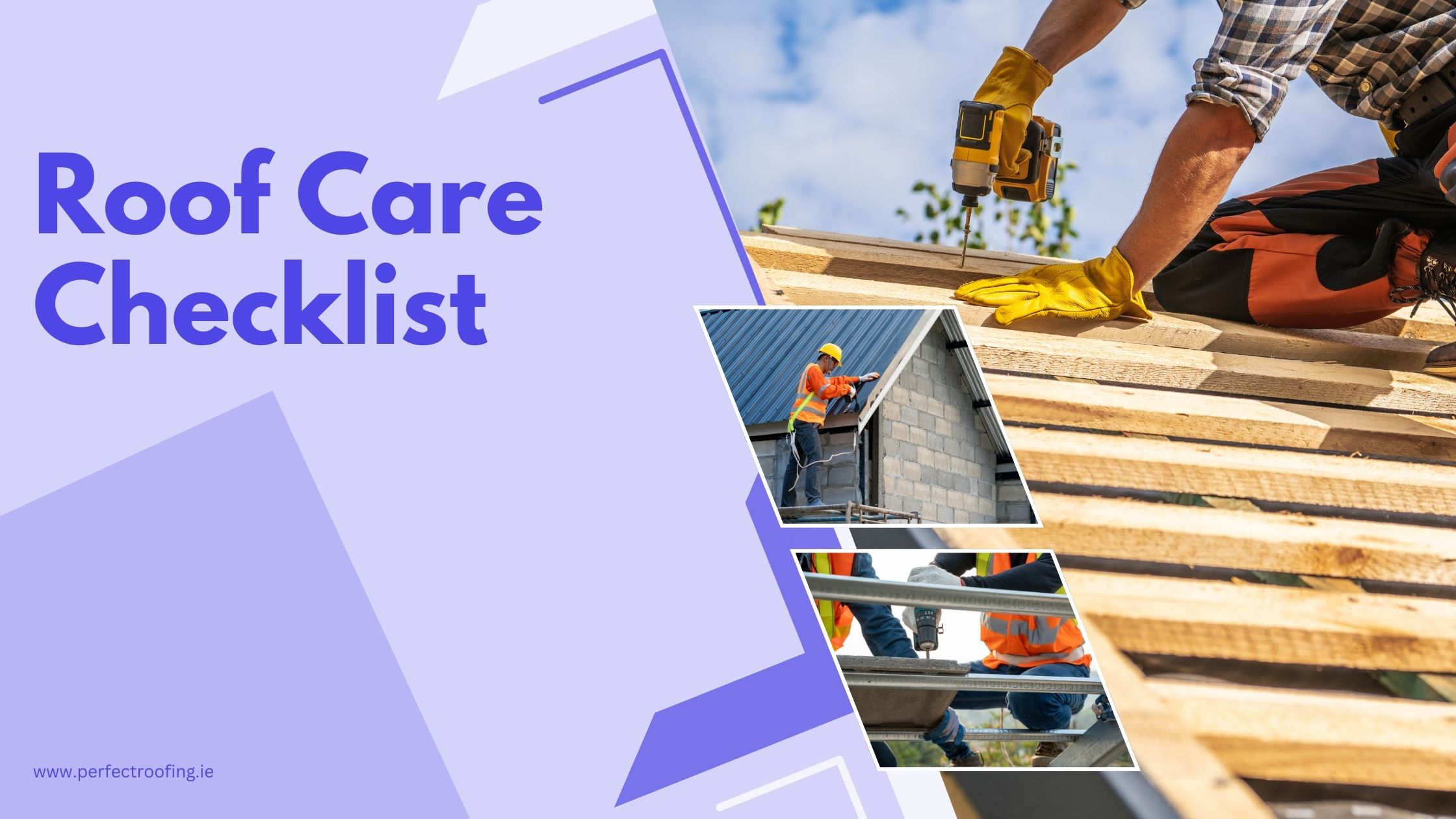Weather Prep
Preparing Your Roof for Storm Season
Essential steps to storm-proof your roof and protect your home from severe weather damage including wind, hail, and heavy rain.

Storm season can bring devastating damage to unprepared roofs. This comprehensive guide will help you protect your home from severe weather including high winds, hail, and torrential rain.
Pre-Storm Inspection Checklist
Exterior Roof Assessment
Conduct a thorough visual inspection before storm season:
Shingle Condition:
- Look for loose, cracked, or missing shingles
- Check for curling or lifting edges
- Identify areas with significant granule loss
Flashing and Sealants:
- Inspect around chimneys, vents, and skylights
- Look for rust, cracks, or gaps in flashing
- Check caulking and sealants for deterioration
Structural Elements
Examine key structural components:
Gutters and Downspouts:
- Ensure secure attachment to the house
- Clear all debris and obstructions
- Test water flow during next rainfall
Roof Edges and Eaves:
- Check for proper fascia board attachment
- Inspect soffit vents for damage
- Ensure drip edges are secure
Wind Resistance Improvements
Shingle Reinforcement
Strengthen your roof against high winds:
Proper Fastening:
- Ensure shingles are properly nailed (6 nails minimum)
- Check that nails penetrate decking adequately
- Replace any exposed or improperly driven nails
Edge Securement:
- Apply roof cement under loose shingle edges
- Consider installing wind-resistant shingles
- Upgrade to higher wind-rated materials
Structural Reinforcements
Improve overall wind resistance:
Hurricane Straps:
- Install hurricane clips or straps where building codes require
- Strengthen roof-to-wall connections
- Consider professional structural assessment
Roof Decking:
- Ensure decking is properly attached
- Replace any damaged or deteriorated sections
- Consider upgrading to thicker decking material
Hail Protection Strategies
Impact-Resistant Materials
Upgrade to hail-resistant options:
Class 4 Shingles:
- UL 2218 Class 4 rated materials
- Significant hail resistance improvement
- May qualify for insurance discounts
Metal Roofing:
- Excellent hail resistance
- Durable against impact damage
- Long-term protection investment
Preventive Measures
Reduce hail damage potential:
Tree Management:
- Trim overhanging branches
- Remove dead or dying trees
- Create clearance zones around the house
Gutter Protection:
- Install gutter guards
- Secure loose gutter sections
- Reinforce gutter hangers
Water Damage Prevention
Drainage System Optimization
Ensure proper water management:
Gutter Maintenance:
- Clean gutters and downspouts thoroughly
- Check for proper slope and alignment
- Repair any leaks or loose connections
Roof Drainage:
- Clear all roof drains and scuppers
- Ensure positive drainage away from house
- Install additional drainage if needed
Waterproofing Improvements
Enhance water resistance:
Underlayment Upgrades:
- Consider synthetic underlayment
- Install ice and water shield in vulnerable areas
- Ensure proper overlap and sealing
Flashing Improvements:
- Upgrade to more durable flashing materials
- Ensure proper installation techniques
- Apply additional sealants where needed
Emergency Preparedness
Supply Preparation
Keep emergency roofing supplies on hand:
Temporary Repair Materials:
- Heavy-duty tarps (various sizes)
- Roofing cement and caulk
- Plywood sheets for emergency patches
- Nails, screws, and fasteners
Safety Equipment:
- Non-slip shoes or boots
- Safety harnesses and ropes
- Flashlights and batteries
- First aid supplies
Emergency Action Plan
Develop a storm response strategy:
Pre-Storm Actions:
- Monitor weather forecasts closely
- Secure loose outdoor items
- Document roof condition with photos
- Contact your insurance company if needed
During Storm:
- Stay indoors and avoid going on roof
- Monitor for leaks or damage from inside
- Document any damage with photos/video
- Avoid electrical hazards from water
Post-Storm Assessment
Safety First
Prioritize safety during post-storm inspection:
Professional Inspection:
- Hire qualified roofing contractor for assessment
- Avoid climbing on damaged roof
- Be aware of hidden damage
Utility Concerns:
- Check for downed power lines
- Be cautious of standing water
- Watch for gas leaks or electrical issues
Damage Documentation
Properly document storm damage:
Photo Documentation:
- Take comprehensive photos of all damage
- Include close-ups and wide-angle shots
- Date and time stamp all documentation
Insurance Claims:
- Contact insurance company immediately
- Provide thorough damage documentation
- Keep all receipts for emergency repairs
Professional Services
When to Call Experts
Seek professional help for:
- Structural damage assessment
- Complex repair needs
- Insurance claim support
- Safety concerns
Choosing Storm Contractors
Select reputable contractors by:
- Verifying licenses and insurance
- Checking references and reviews
- Avoiding door-to-door solicitors
- Getting multiple detailed estimates
Long-term Storm Protection
Upgrade Considerations
Invest in long-term protection:
Material Upgrades:
- Impact-resistant shingles
- Enhanced underlayment systems
- Improved flashing materials
Structural Improvements:
- Hurricane clips and straps
- Reinforced roof decking
- Enhanced ventilation systems
Maintenance Schedule
Maintain storm readiness:
- Annual professional inspections
- Regular gutter cleaning
- Prompt repair of minor issues
- Seasonal preparation routines
Conclusion
Storm preparation is an ongoing process that requires attention to detail and regular maintenance. By following this comprehensive guide, you'll significantly improve your roof's ability to withstand severe weather. Remember that prevention is always less expensive than repairs, and professional guidance can help ensure your storm preparation efforts are effective and safe.



